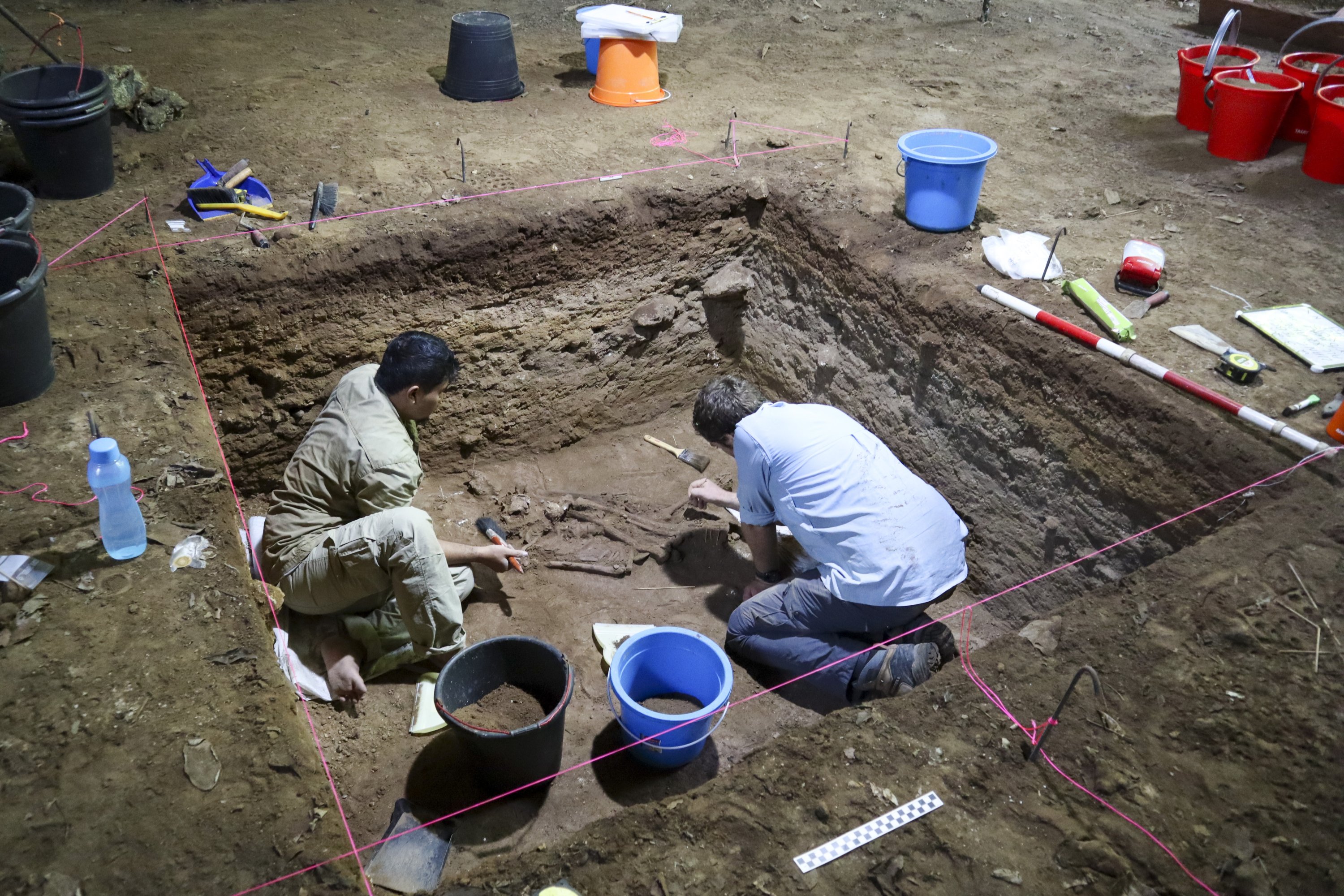© Turkuvaz Haberleşme ve Yayıncılık 2024
The discovery of a successful surgical amputation in a grave in Borneo unveiled pre-historic life's medical expertise, staggering its oldest-known example of a similar procedure by 24,000 years.
Archaeologists from Australian universities and Indonesian institutions discovered the skeleton of a young adult from Borneo whose lower left leg was amputated in childhood 31,000 years ago.
"Multiple dating techniques ... confirmed the burial had taken place 31,000 years ago, making it Southeast Asia's oldest known grave," the scientists said in a Thursday statement.

"Skeletal analyses confirmed the lower left limb had been surgically amputated; the way the bone tissue had changed over time (known as "bone remodeling") matched clinical cases of successful amputation that hadn't become infected," they added.
According to the archaeologists, the healed bone confirmed that the procedure wasn't fatal to the patient and implied that "the surgeon or surgeons likely understood the need to manage and treat it."
The scientists said the discovery suggests that human medical knowledge was "far more advanced in the distant past of our species than previously thought."

The remains were found in Liang Tebo cave in eastern Borneo, which was still connected to Eurasia at the time.
The discovery was published in the journal Nature.
Until now, the oldest known evidence of amputation was discovered in the remains of a farmer found at a Neolithic site in France dated 4900-4700 BC. His remains showed that his left forearm had been surgically removed and that the wound had then partially healed.
